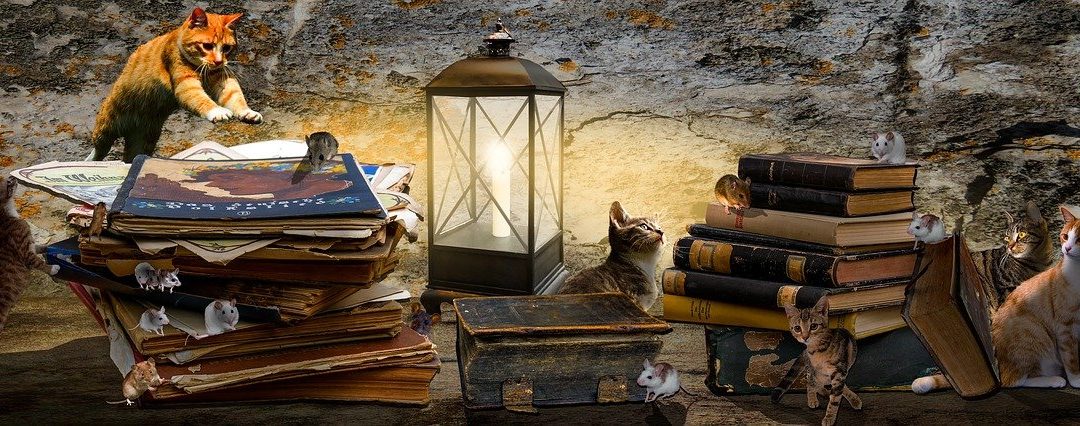“My Niece sent a YouTube of her kids skateboarding in the driveway, but all I could see was my
grandfather’s handmade table on a shelf in the open garage.”
“You can’t store other people’s memories,” said the sister of my friend who had just died.
She said this as yet another trunk-full of photo albums, clothing, linens and dishes headed out the door to a waiting dumpster.
While the statement seemed hard at the time, I have come to appreciate the reality that these are things and not the person who has been lost. There needs to be room to make new memories and to have your own “stuff” clutter up the living spaces of your own home. And it is important to let people off the hook for keeping those items when you are gone.
Dishes, linens, silverware, rugs, furniture and boxes of photos are all potentially family heirlooms that feel important to pass along to a generation of people who do not have the emotional attachment nor the warm memories associated with them that you have.
The reality of younger generations is that they move much more frequently and their homes are getting downsized earlier leaving them with apartments, condos and log cabins that just don’t have enough square footage to manage their own gear along with that of generations they never knew.
Young adults are move an average of 11.7 times with nearly 60% returning to a parent’s home for one of those moves by the age of 27. While hand-me-down furnishings or all sorts can make for a lovely young adult home, they often aren’t at a good height for today’s electronics for laptop keyboards, holes for power cords or even the stability of large screen televisions or gaming systems.
Linens don’t generally fit the pillow topped mattress and king-sized bedding of today. People who read on screens don’t have the bookshelf spaces for all those hardbound volumes. Kitchen cabinet space is at a premium when it comes to place settings that include gravy bowls and soup tureens. And if the dish ware can’t go in a microwave or dishwasher, it isn’t going to be used.

Ideas for What to do with Your Stuff
1. Invite your children, grandchildren, nieces and nephews to choose things they would really use. You mat be surprised at what they would like for their home or apartment.
2. Find out what your antiques and collectibles are worth at Prices for Antiques.
3. Scan your photos. Donate a copy of the digital files to your local genealogical research room or archives. They may be important to a future generation doing research.
4. Goodwill is good, but donations to local charitable thrift shops can have a big impact on initiatives in your own communities.
5. Facebook Marketplace matches one person’s junk with another person’s idea of treasure. Listings are free – try it.
What to do…
The number one rule of what to do with the family heirlooms: Don’t force your keepsakes on anyone else. Instead, invite them to self-select any keepsakes that they would like to have. Cast you net to include the family you have chosen in addition to the family you have be blood.
You may not be able to watch your great grandmother’s dishes go to a second-hand shop. For the next generation consider splitting those sets up and having each great niece/nephew take a plate, saucer, or a cup as a keepsake and letting the other 10 place settings go. Consider taking vinyl records to a vinyl vintage shop. Take clothing to a second-hand store where people who search for vintage can have a field day with the treasures in that closet.
Send furniture only to people who really want it and then ask no questions about what they do with it. You certainly can’t be mortified if the lovely wood furnishing has new holes drilled in it or painted some exciting new color.




